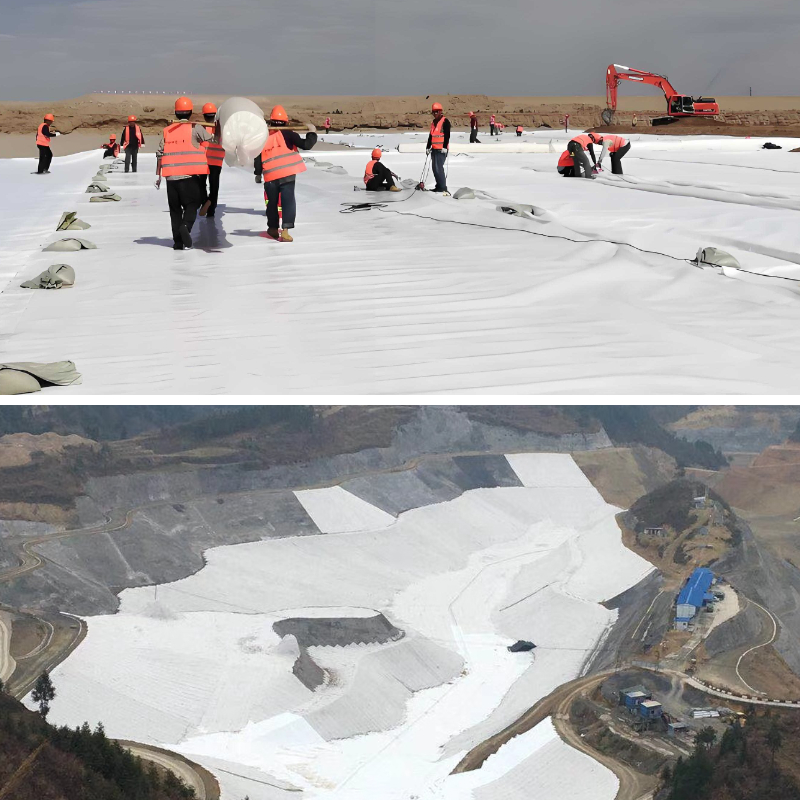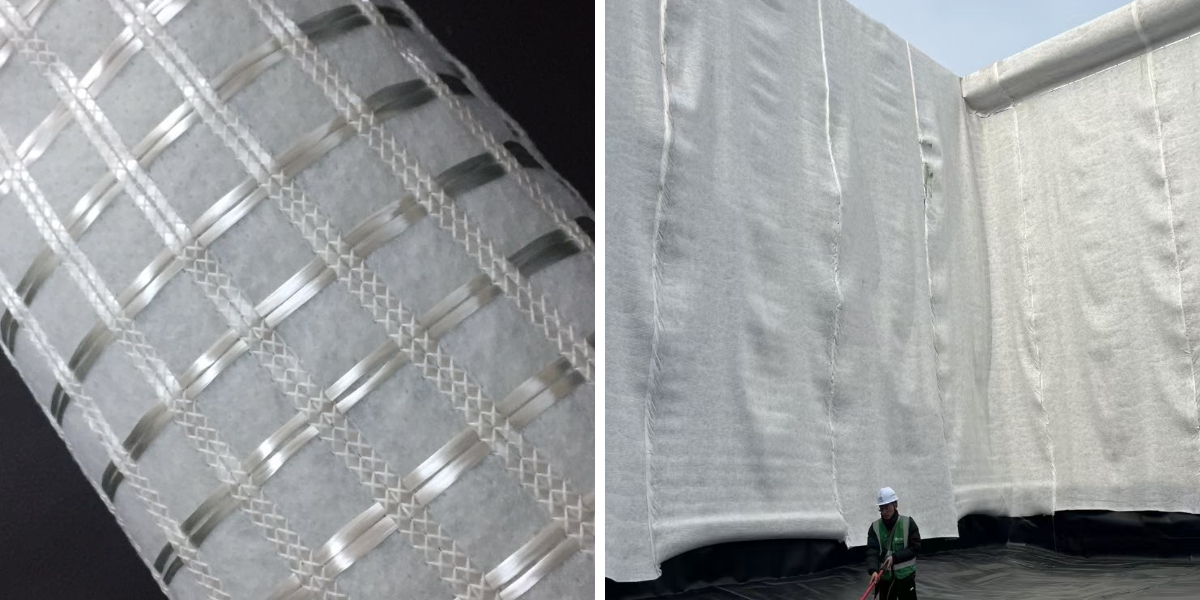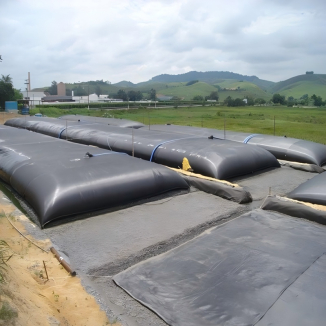7 Questions to Ask Before You Buy Geotextile Fabric
Are you planning a landscaping, construction, or drainage project? If so, you have likely heard about geotextile fabric. This versatile fabric is a cornerstone of present day engineering, alternatively figuring out on the appropriate one can be daunting. With extra than a few types of geotextiles on hand and a extensive differ in geotextile price, making an educated desire is essential for your project's success and longevity. Asking the applicable questions until now than you buy can shop you time, money, and a essential headache down the line. This statistics will stroll you via the seven indispensable questions you favor to reply to make positive you pick the best geotextile for your special needs.
1. What is the Primary Function of the Geotextile in My Project?
Before you even begin to consider geotextile price or appear at special types of geotextiles, you have to define the critical role the material will play. Geotextile fabric is no longer a one-size-fits-all product; its function dictates its properties.
Key Functions to Consider:
Separation: This is one of the most typical uses. A geotextile is located between two unique layers of soil, such as a gravel driveway base and the mild subsoil beneath. It prevents the components from mixing, which maintains the structural integrity and drainage possible of the gravel layer over time.
Filtration: When you prefer water to pass by through at the same time as stopping soil particles from washing away, a filtration geotextile is the answer. It's imperative in drainage constructions like French drains, spherical pipe trenches, and in erosion control.
Reinforcement: Some initiatives require delivered tensile strength. Woven geotextile fabric can be used to supply a increase to soil, presenting steadiness for defending walls, steep slopes, and embankments through skill of distributing heaps greater evenly.
Protection: A thick, non-woven geotextile is in many instances used as a cushioning layer to shield delicate geomembranes (like pond liners) from puncture with the aid of sharp rocks or particles in the subsoil.
Understanding your project's core requirement is the first step in narrowing down the large self-discipline of types of geotextiles and making positive you make investments in a product that performs its supposed job effectively.
2. What Type of Geotextile Fabric Do I Need?
Once you apprehend the function, you can delve into the wonderful types of geotextiles. The two foremost training are described with the useful resource of their manufacturing process: woven and non-woven. The choice between them tremendously influences ordinary overall performance and geotextile price.
Woven geotextiles are manufactured thru weaving mutually polypropylene or polyester tapes, similar to how fabric is made. This process creates a strong, regular material with a mainly low permeability.
Best For: Reinforcement, stabilization, and separation in high-load functions like roads, parking lots, and foundations. They have immoderate tensile electricity on the other hand are no longer best for prerequisites the vicinity immoderate water go with the flow is required.
Non-Woven Geotextile Fabric:
Non-woven geotextiles are made from synthetic fibers that are randomly prepared and bonded together through mechanical (needle-punching) or thermal means. This results in a felt-like fabric that is thicker and greater permeable.
Best For: Filtration, separation, drainage, and protection. They are pleasant for French drains, in the again of conserving walls, beneath septic systems, and as a protective layer for pond liners. The geotextile price for non-woven versions can vary based totally completely on thickness and weight.
3. What are the Key Material Specifications I Should Check?
Looking previous honestly the types of geotextiles, you ought to learn about the technical specifications. These numbers are the actual symptoms of typical overall performance and are often the location you see a justification for the geotextile price.
Crucial Specifications:
Grab Tensile Strength: Measures the stress required to injury the geotextile fabric. Higher is greater for reinforcement.
Mullen Burst Strength: Indicates the resistance to puncturing, which is quintessential for security applications.
Flow Rate (Permittivity): Measures the functionality of water to glide by way of the geotextile in a route day-to-day to its plane. Critical for filtration and drainage projects.
Apparent Opening Size (AOS): Refers to the biggest opening in the fabric. A smaller AOS practicable it can filter finer soil particles on the other hand may additionally additionally clog greater easily. Choosing the proper AOS is imperative for long-term performance.
A heavier, higher-specification geotextile will naturally come with a higher geotextile price, then again it is a imperative funding for demanding applications.
4. How Does the Geotextile Price Compare to Its Long-Term Value?
It's tempting to pick for the product with the lowest upfront cost, on the other hand the geotextile price should be evaluated in phrases of long-term value. A cheap, inappropriate geotextile fabric can lead to catastrophic failures.
The Cost of Failure:
Imagine a driveway the area the wrong geotextile used to be used for separation. The gravel sinks into the mud, growing ruts and potholes. The price to excavate, re-grade, and re-install the driveway some distance exceeds the few bucks saved on the preliminary fabric. Similarly, a clogged drainage geotextile can lead to waterlogged soil, basement flooding, or slope failure.
Value Over Price:
A increased preliminary geotextile price often shows greater superb control, UV resistance, and durability. Investing in the proper geotextile from the commence prevents highly-priced repairs and extends the existence of your project, imparting a lengthy way greater rate over time.
5. What are the Site-Specific Conditions I Must Account For?
Your mission internet web page is unique, and its conditions will dictate the exceptional geotextile choice. A fabric that works flawlessly in one region can additionally fail in another.
Critical Site Factors:
Soil Type: Is the subsoil normally clay, silt, or sand? Clay soils are increased inclined to clogging a geotextile fabric, generally requiring a greater open structure.
Water Flow: Is the area always saturated, or does it fully cope with occasional runoff? High-flow stipulations demand a geotextile with terrific permittivity.
Load Conditions: Will the geotextile be beneath a residential driveway or a heavy industrial road? The anticipated load determines the required tensile and puncture strength.
UV Exposure: How prolonged will the geotextile be uncovered to sunlight hours until now than being covered? Most types of geotextiles are susceptible to UV degradation, so prolonged publicity may additionally moreover require a fabric with UV stabilizers.
6. What is the Correct Installation Process for This Geotextile?
Even the great geotextile fabric will underperform if set up incorrectly. Understanding the imperative set up requirements until now than you buy will aid you sketch your assignment and preserve away from everyday mistakes.
General Installation Guidelines:
Site Preparation: The subgrade ought to be smooth, compacted, and free of sharp debris, rocks, and vegetation that can also prefer to puncture the fabric.
Placement: Unroll the geotextile effortlessly barring stretching it. Adjacent rolls want to overlap through way of a one-of-a-kind volume (typically 12 to 18 inches) to make positive continuity.
Anchoring: Securing the fabric with staples or stakes on slopes is usually integral to prevent it from transferring all thru backfill.
Backfilling: The preliminary layer of fill material (e.g., gravel) have to be placed gently, ideally with the resource of dropping it from a low height, to preserve away from displacing or damaging the geotextile. Machinery want to no longer strain except lengthen on the uncovered fabric.
7. Where Should I Source My Geotextile Fabric From?
The closing question revolves spherical your supplier. The furnish can have an impact on the entirety from product high-quality and geotextile price to the technical resource you receive.
Choosing a Reliable Supplier:
Look for a issuer that specializes in constructing or landscaping materials. They ought to be succesful to grant technical facts sheets for their merchandise and grant skilled advice on the unique types of geotextiles they carry. While on line marketplaces would maybe supply a low geotextile price, they may additionally moreover lack the appreciation to data you to the proper product. A legit provider ensures you get a wonderful product that meets the specs they claim, giving you peace of mind.
Conclusion: Your Project's Success Depends on the Right Choice
Purchasing geotextile fabric is a integral preference that have to no longer be taken lightly. By cautiously wondering about these seven questions—from attribute and sort to specifications, value, internet web page conditions, installation, and sourcing—you empower your self to make a smart, knowledgeable purchase. Don't let a tough fluctuate of types of geotextiles or a tempting low geotextile price lead you astray. The suitable geotextile is an funding that will make sure your undertaking stands the test of time, offering stability, drainage, and normal overall performance for years to come.
Contact Us
Company Name: Shandong Chuangwei New Materials Co., LTD
Contact Person :Jaden Sylvan
Contact Number :+86 19305485668
WhatsApp:+86 19305485668
Enterprise Email: cggeosynthetics@gmail.com
Enterprise Address: Entrepreneurship Park, Dayue District, Tai 'an City,
Shandong Province








